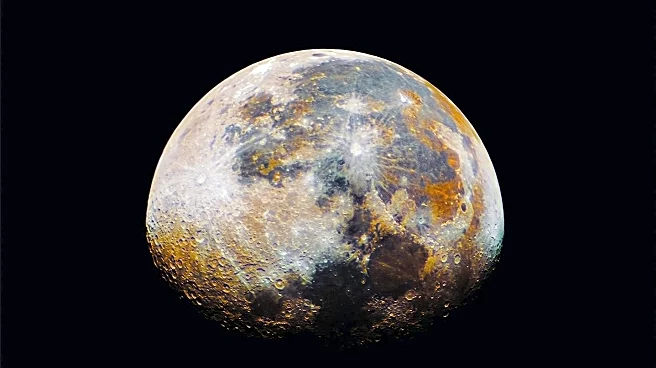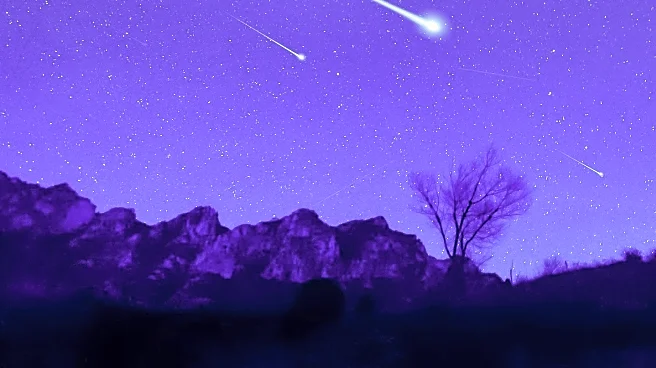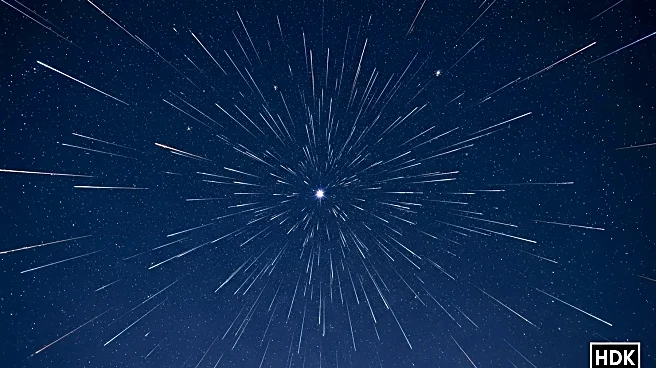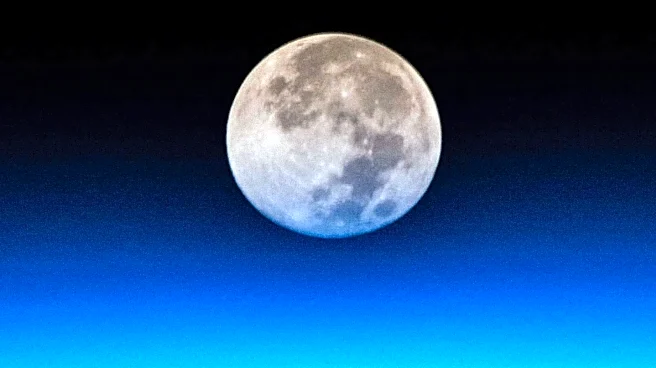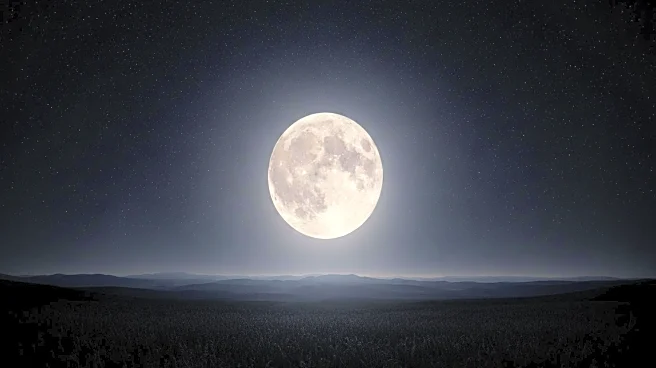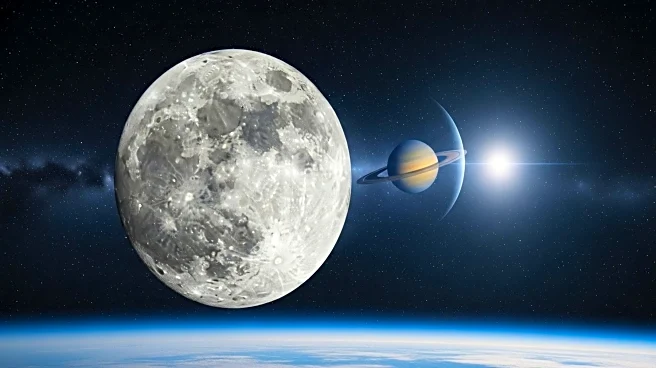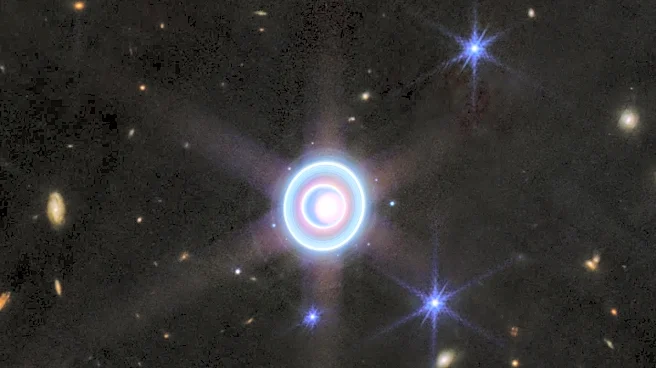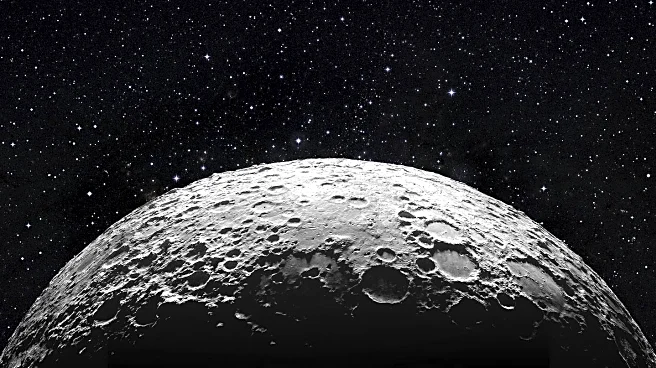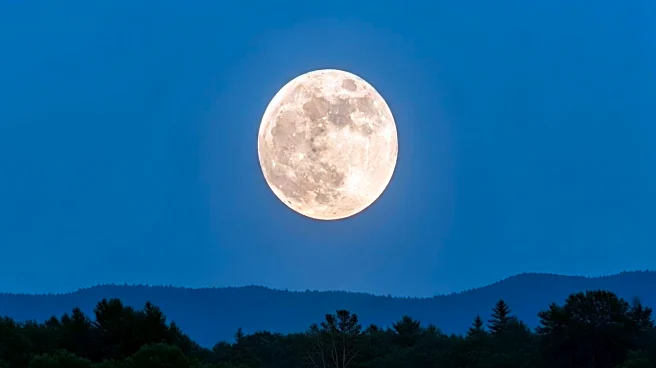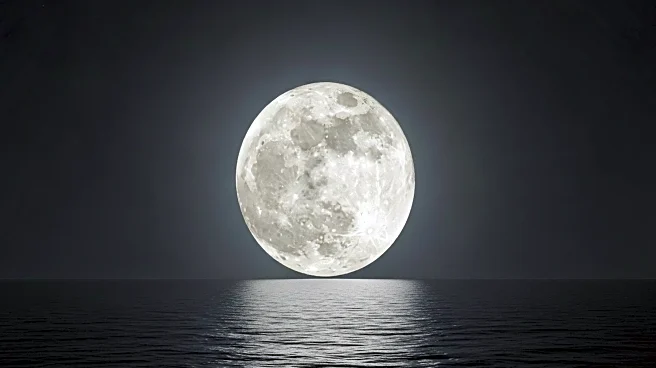What's Happening?
The Draconid meteor shower is set to begin on October 6, 2025, coinciding with a supermoon, according to NASA. The meteor shower, originating from debris trailing the comet 21P Giacobini-Zinner, will peak on October 8. However, the brightness of the full moon, which peaks on October 6, may hinder visibility. Despite this, the Orionids meteor shower, which began on September 26, will peak around the new moon on October 21, offering better viewing conditions. The Draconid meteor shower is part of a series of meteor showers occurring in 2025, including the Orionids, Southern Taurids, Northern Taurids, Leonids, Geminids, and Ursids.
Why It's Important?
Meteor showers like the Draconids offer a unique opportunity for stargazers and astronomy enthusiasts to observe celestial events. The timing of the Draconids, coinciding with a supermoon, presents both a challenge and an opportunity for observers. While the moon's brightness may obscure some meteors, the event still draws attention to the night sky and encourages public interest in astronomy. The occurrence of multiple meteor showers throughout the year provides ongoing opportunities for educational outreach and public engagement with space science.
What's Next?
Observers interested in viewing the Draconid meteor shower are advised to find a dark location away from light pollution and allow their eyes to adjust to the dark. The American Meteor Society suggests that the Orionids, Leonids, and Ursids will offer better viewing conditions due to less interference from the moon. As the year progresses, additional meteor showers will provide further opportunities for observation, with the Quadrantids beginning in late December and peaking in early January 2026.

